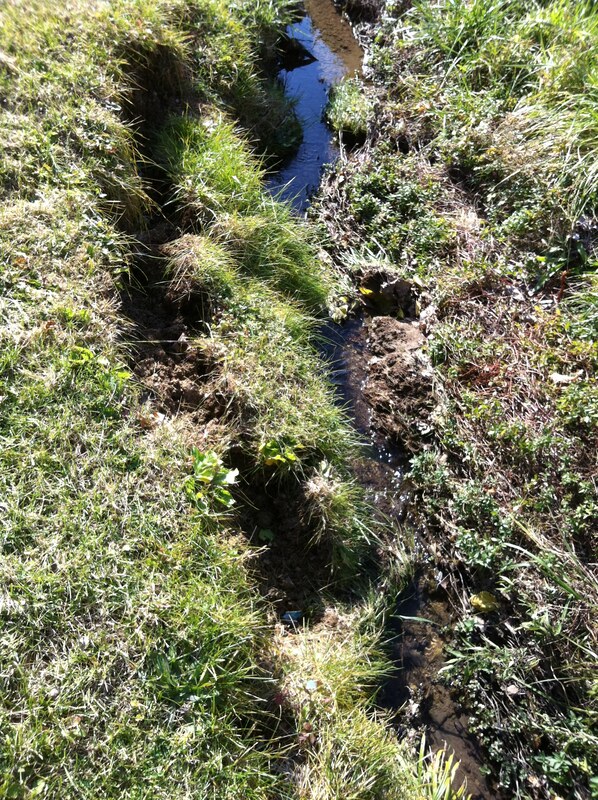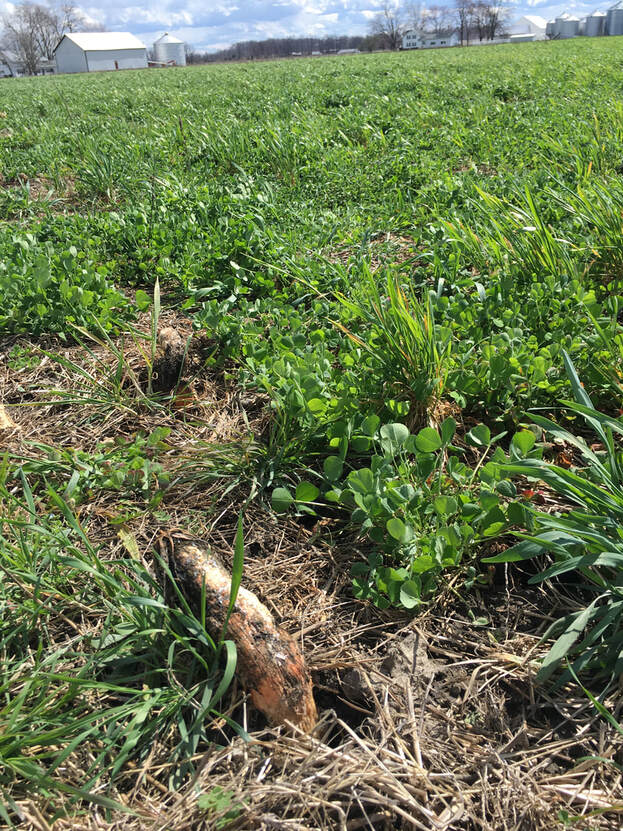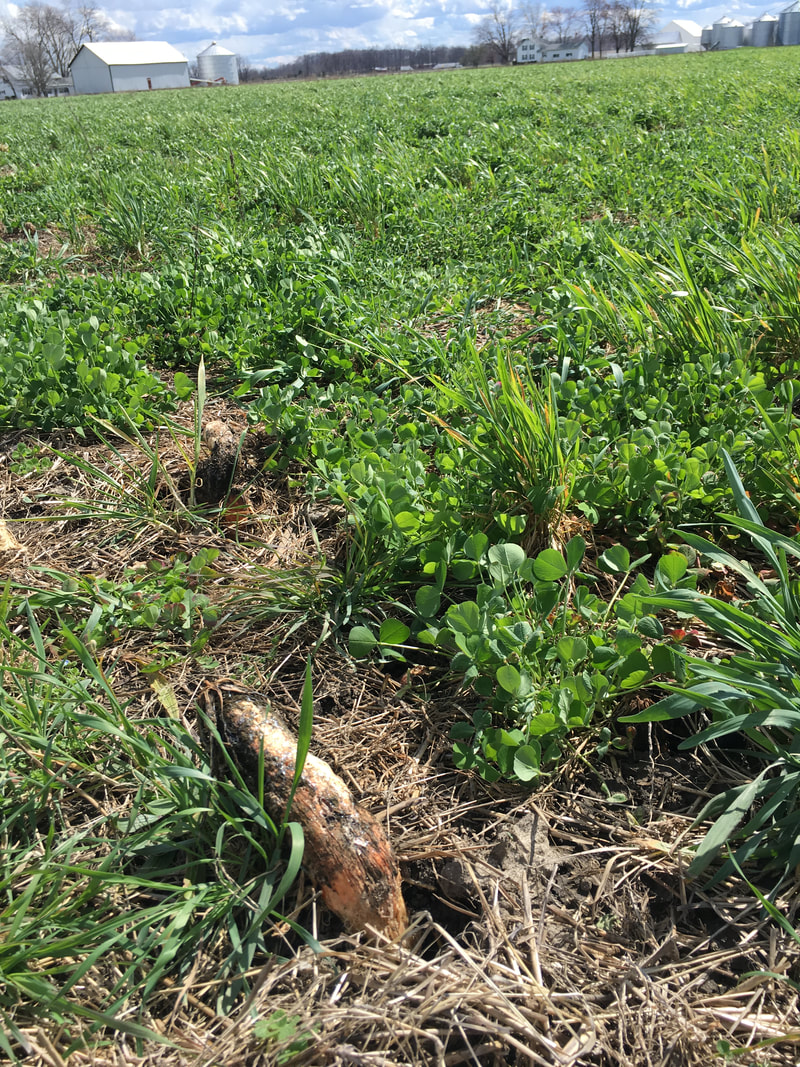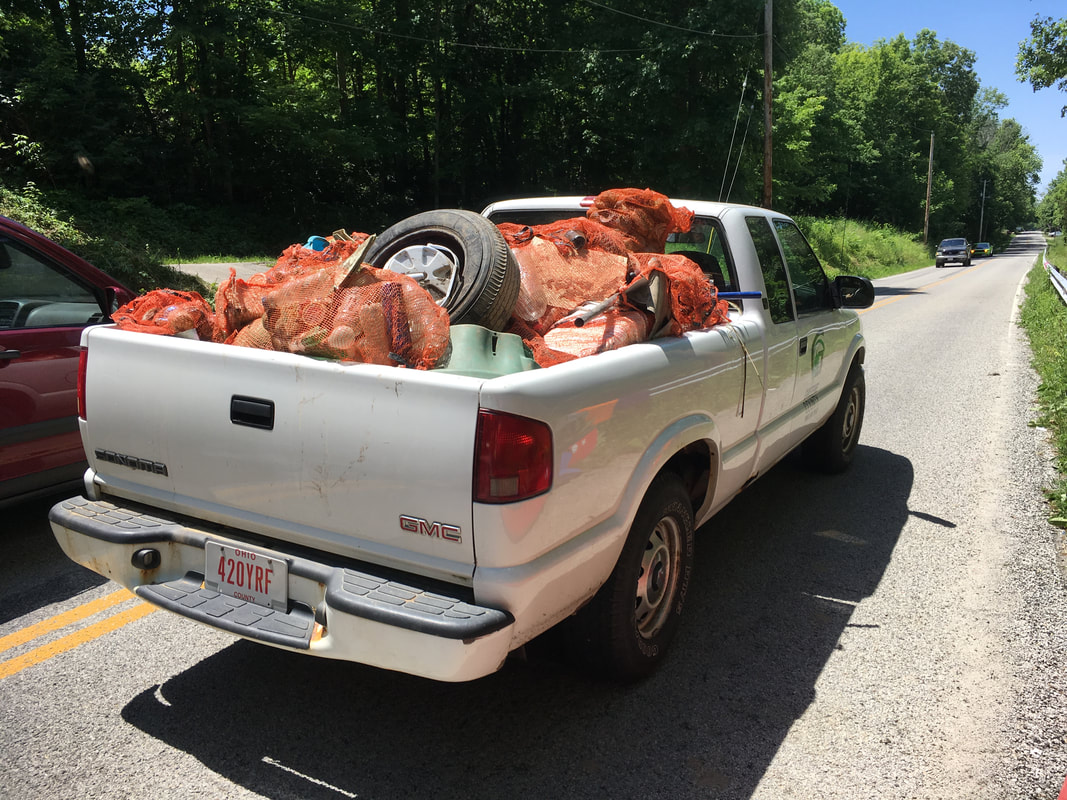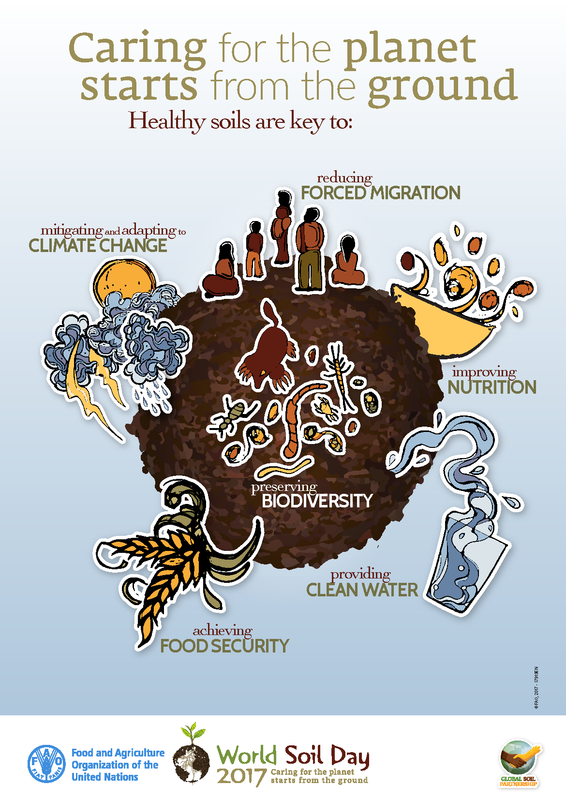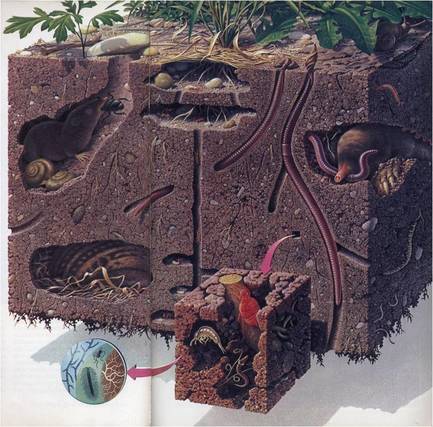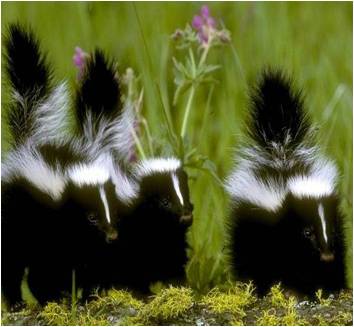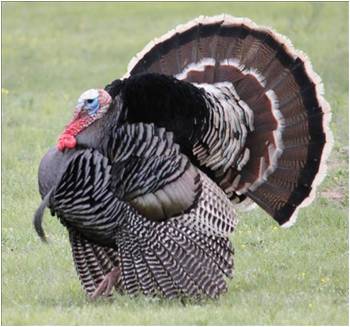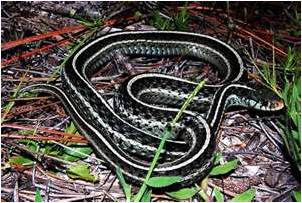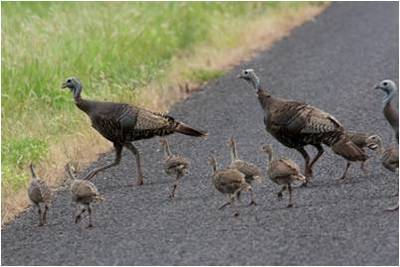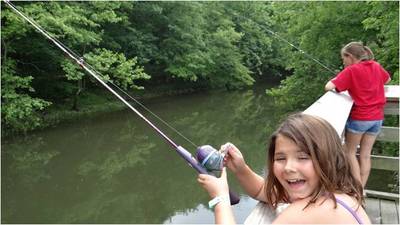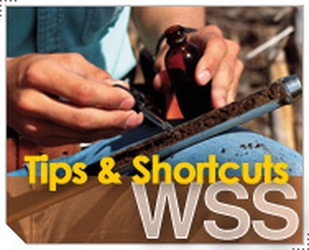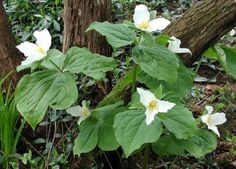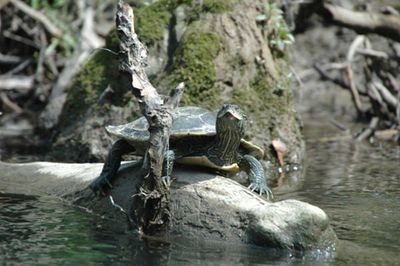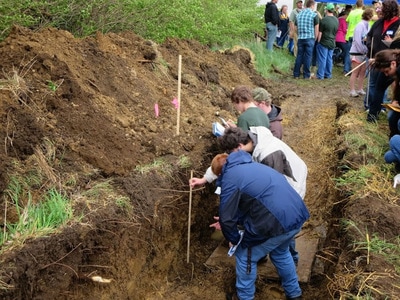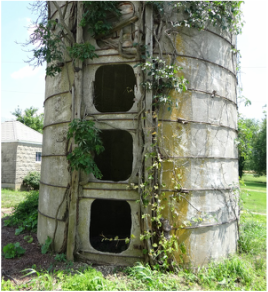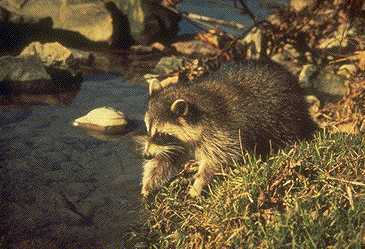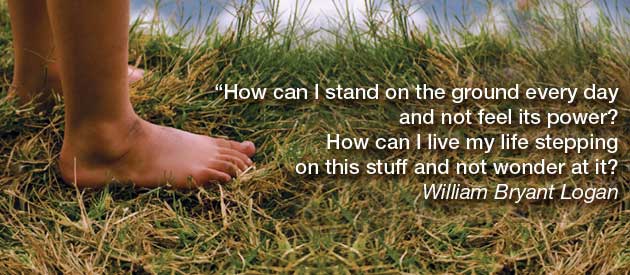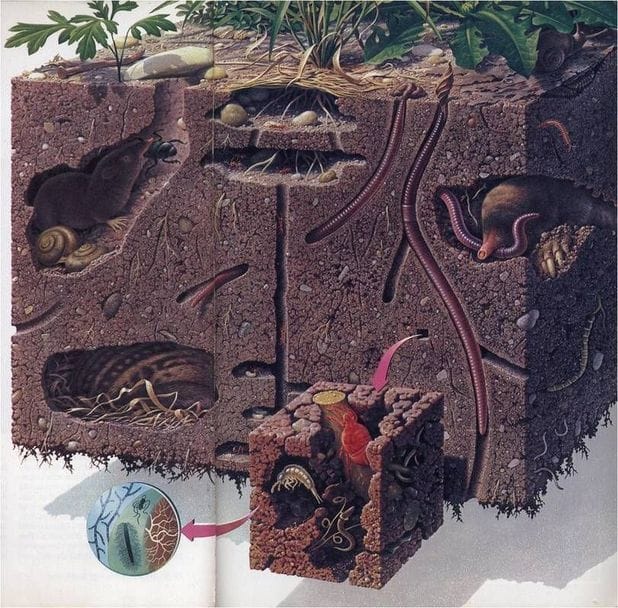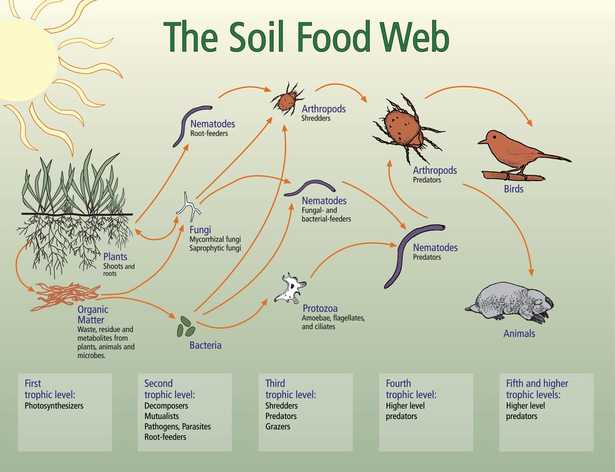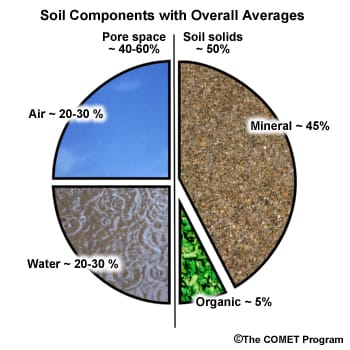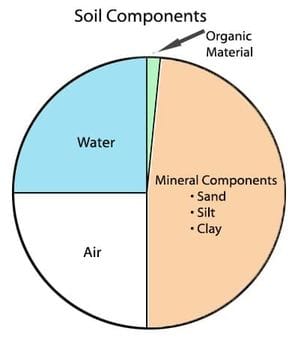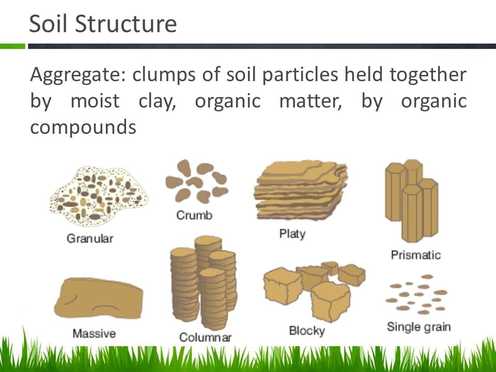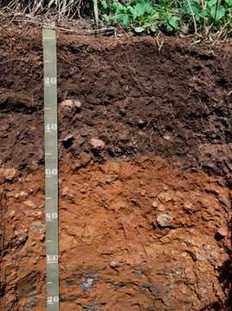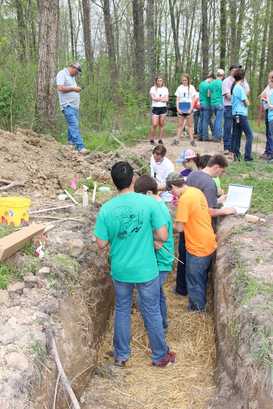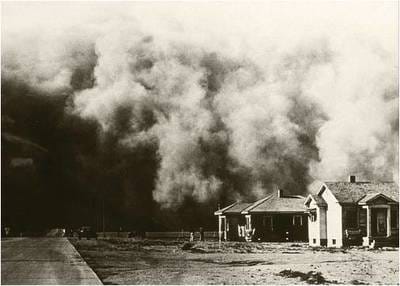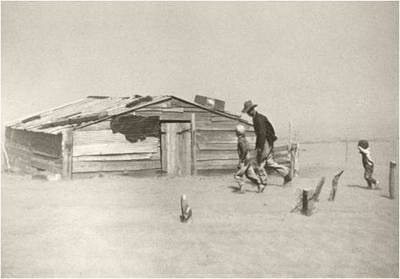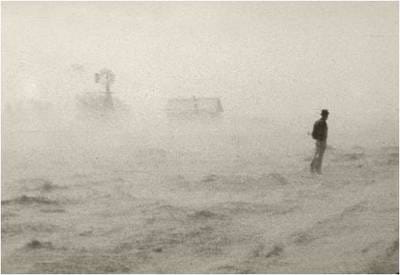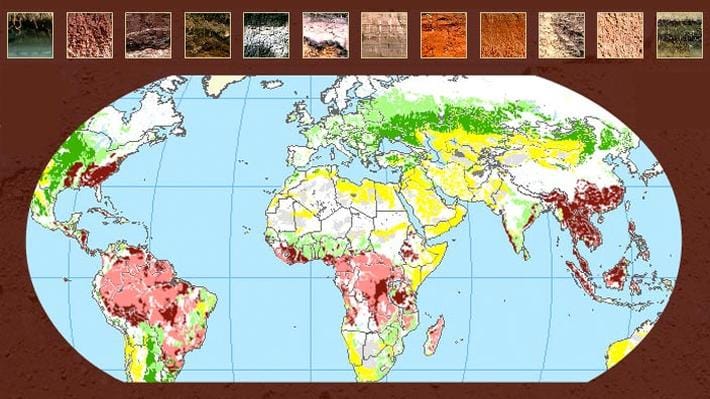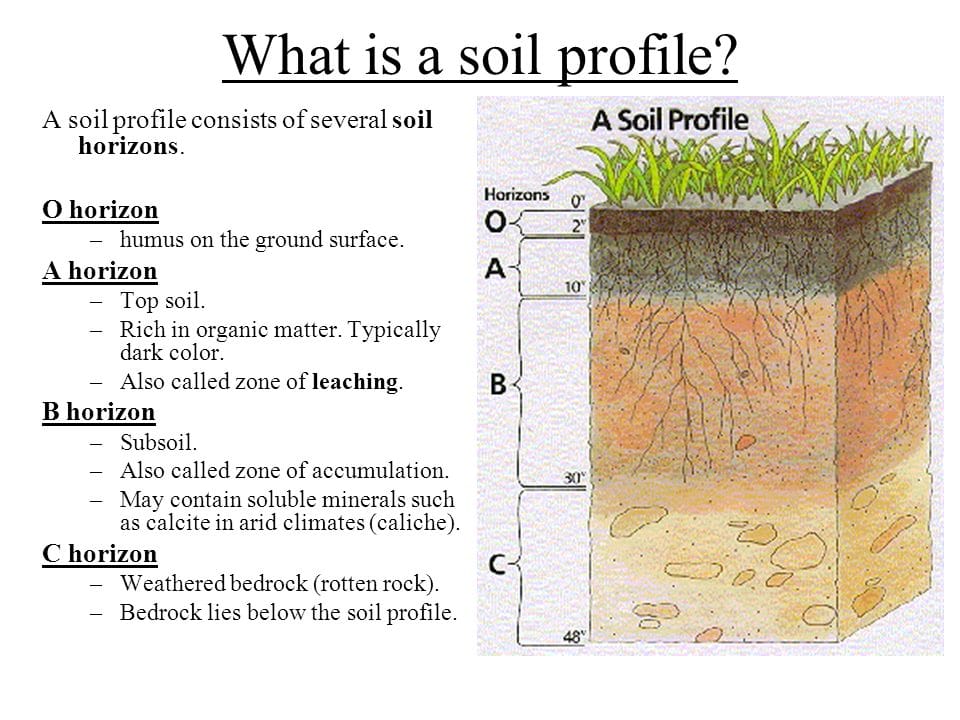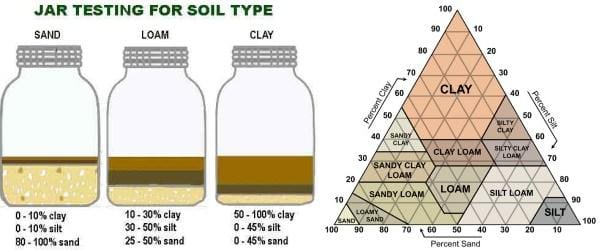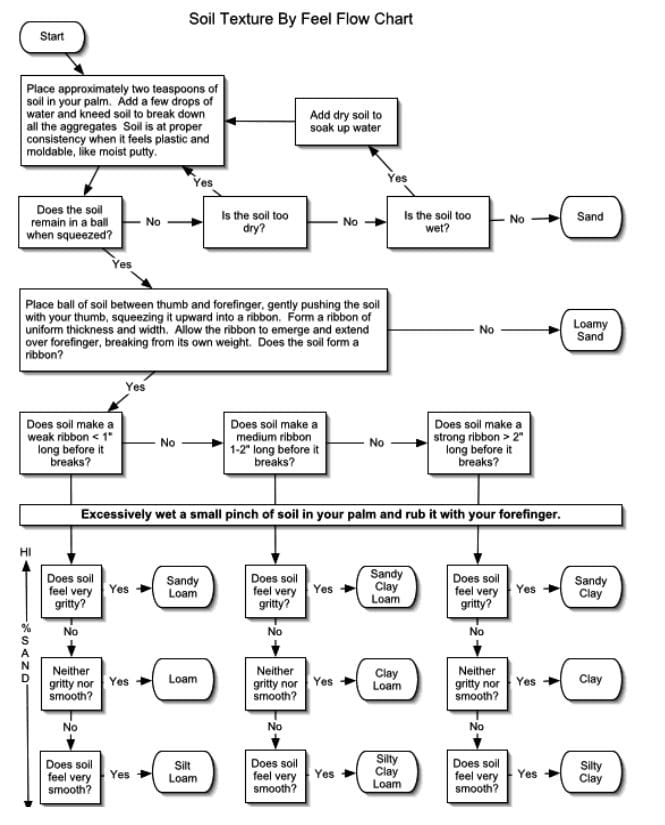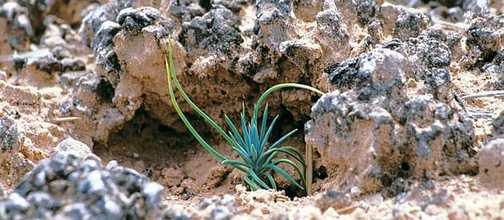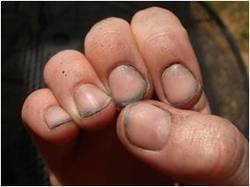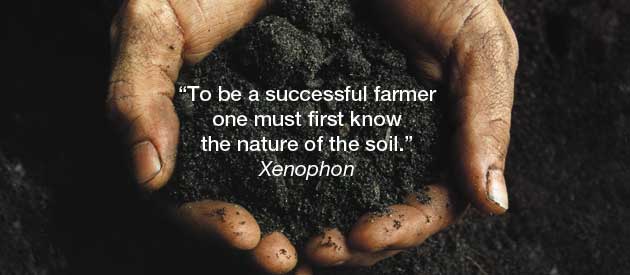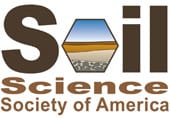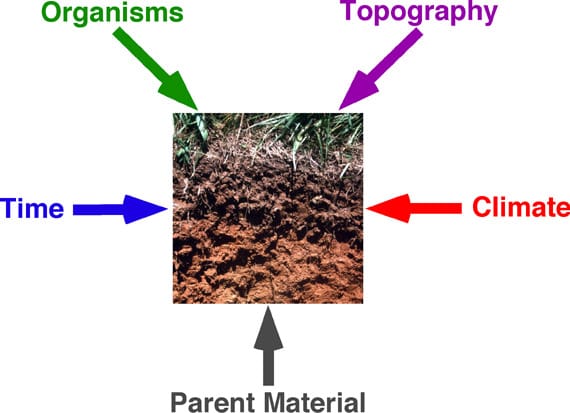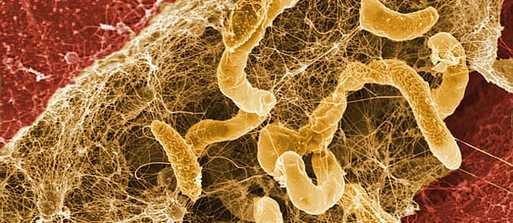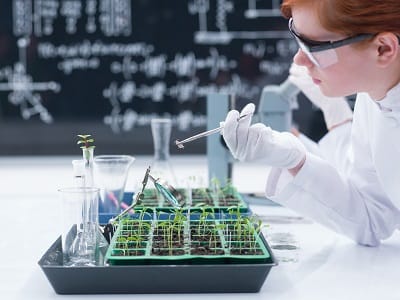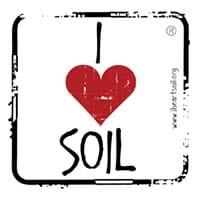|
What is slimy, red, and helps you grow your veggies? If you guessed red wiggler worms, you would be correct! Red wiggler worms, also known as red worms, tiger worms, and manure worms, are a small species of earthworm measuring 3 to 4 inches long. Red wigglers are originally from Europe, but have now spread to all continents on the globe except Antarctica. For those of us who vermicompost, red wigglers are well known as these voracious eaters are excellent at breaking down food scraps to recycle the nutrients into a valuable soil amendment. But let's learn a little more about these hard working critters! Fun facts:
Red wigglers are such cool creatures! To learn more about how they help with composting visit our previous blog about Vermicomposting is For the Worms!
1 Comment
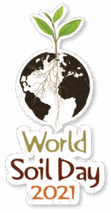 The soils of the world are diverse and allow us to produce a plethora of crops and food to support the global population. World Soil Day, celebrated annually on December 5th, was established by the Food and Agriculture Organization of the United Nations to celebrate one of our most vital resources. Soil is essential for filtering pollutants from our water, storing carbon, and providing the foundation for an estimated 95 percent of the world’s food supply. The theme for the 2021 World Soil Day is Halt soil salinization, boost soil productivity. According to the FAO, soil salinization and sodification are major soil degradation processes threatening ecosystems and are recognized as being among the most important problems at a global level for agricultural production, food security and sustainability in arid and semi-arid regions. The goal of World Soil Day aims to raise awareness of the importance of maintaining healthy ecosystems and human well-being by addressing the growing challenges in soil management, fighting soil salinization, increasing soil awareness and encouraging societies to improve soil health. Soil is a non-renewable resource that we must conserve and care for in order to continue thriving in this world. However soils are subjected to pollution and loss, especially due to erosion. Soil particles can be detached and moved out of a field by both wind and water. Wind can pick up small soil particles, transporting them long distances. Water moving along the ground surface can remove a thin sheet of soil, create small channels, or wash out large gullies. Factors that contribute to erosion: 1. Rainfall — soil erosion increases as length or intensity of rainfall increases 2. Slope length/grade — soil erosion is worse on longer/steeper slopes because water moves faster across the soil 3. Vegetation/residue — growing plants and residue protect the soil from rain impact, slow down flowing water and increase infiltration of water into the soil, as well as protecting the soil from wind erosion. 4. Soil texture/structure — Courser soils (sands) with larger pores allow for faster infiltration (less erosion) of water than soils with finer textures (clays). Soil structure is the arrangement of sand, silt, and clay particles into aggregates. Good structure at the soil surface will also allow for increased infiltration, poor structure leads to more runoff and erosion. Poor structure is associated with low organic matter, equipment traffic on wet soils, and exposure of disturbed soil to adverse weather. The costs: 1. Yield Potential — soil erosion removes topsoil, which is high in organic matter and contains the nutrients essential for crop growth. Erosion generally decreases yield potential. 2. Nutrients — nutrients needed for crop growth are located in the topsoil where fertilizers, crop residues, and manure are applied; soil erosion will decrease the nutrient content. 3. Water holding capacity — loss of topsoil organic matter can change the overall texture of a soil and result in lower water holding capacity 4. Organic matter — topsoil is high in organic matter where crop residues and manure have been added to the soil. Erosion usually results in decreased organic matter. 5. The environment — water quality in streams, lakes, etc. can be greatly negatively affected by sediment and nutrients that are brought in by soil erosion. Wind erosion can result in reduced air quality. Possible Solutions on the Farm: 1. Reduce tillage — tillage exposes soil to the environment and makes it more likely to be eroded by wind or water. 2. Manage crop residue — keeping crop residues on the soil surface helps protect soil from wind, rain, and running water. Residue can protect soil from erosion when crops are not growing in a field 3. Grass waterways — maintaining grass waterways in low areas where a high volume of runoff is possible will slow the speed of running water and allow for sediment to be kept in the field. 4. Cover crops — cover crops allow protection for a field during times of the year when crops are not growing. Cover crops protect the soil from wind, rain, and running water. 5. Row width/direction — narrower crop rows will canopy sooner and allow for better protection of the soil. Crop rows that are planted perpendicular to slopes will decrease runoff and increase infiltration vs. rows that are planted in the same direction as the slope ...And in the Neighborhood: 1. Stabilize soil by mulching with shredded bark, wood chips, leaves, or even pine needles - Look for locally sourced materials and cover bare patches of soil, hill sides, and spaces between plants. 2. Ground Cover - From lawn daisies to clover, keep it covered. The roots of larger perennial plants do the job too of reducing erosion. 3. Rain Gardens & Plant Catchments - Catch and control water when it’s moving downhill by creating a rain garden. A well-positioned rain garden can cut down on erosion and the possibility of pollutants reaching neighboring tributaries by over 30%. To plant a rain garden, select water loving plants adapted to your region and climate, and add stones and other features to direct the water. Soil erosion has a large number of negative effects to both crops and the environment. It is important to use various management practices to protect the soil’s surface and minimize the likelihood of erosion. We all have soil to thank for the food on our tables and our ability to thrive on the planet. Recognizing its importance and what steps can be taken to protect this vital resource are critical to that continued existence.
Educators, did you get a chance to check out the virtual Greater Cincinnati Environmental Educators Expo this year? If not, take a sneak peek at the session presented by our Education Specialist, Melissa! She presents on the various program options teachers can do with worm observations, and is joined by Clermont SWCD educator to discuss the new SW Ohio Education Site. Check out the segment from the conference below! (This conference is usually hosted by the Cincinnati Zoo, so enjoy an animal encounter during the first 15 minutes of the video or jump to the 15 minute mark to begin the lesson presentation!) Ever wanted to explore your local stream, but didn’t know exactly where and how? This summer Warren County SWCD are hosting stream encounters where residents can enjoy their local streams through guided educational opportunities and cleanups. While participating in beautification efforts, you will also learn about how we monitor for stream health. To register, go to: https://www.warrenswcd.com/stream-encounters.html Check out these Warren County Events: Harmon Park Stream Encounter - Tue, July 10, 10am – 12pm Location: Harmon Park, 300 S East St, Lebanon, OH 45036, USA (map) St. Susanna Stream Encounter - Wed, August 1, 10am – 12pm Location: St. Susanna Catholic Church, 616 Reading Rd, Mason, OH 45040 (map) Summer is the ideal time to connect with nature or #EscapetheIndoors. During this Great Outdoors Month explore different activities that you can enjoy outdoors. Enjoy planing a fishing, boating, camping, hiking or even biking adventure! https://www.greatoutdoorsmonth.org/ Event Planning: www.greatoutdoorsmonth.org/activites-and-events Volunteer Stewardship Opportunities: https://www.warrenswcd.com/volunteer-opportunities.html www.greatoutdoorsmonth.org/stewardship Earth Team Volunteer: www.nrcs.usda.gov/wps/portal/nrcs/main/national/people/volunteers/ National Trails Day As of June 2, kids and families can download the new Junior Ranger "Let's Go Fishing!" Activity Booklet or pick up printed copies at a growing number of parksover the summer. Follow #GoFishingInParks. Warren County Ohio Park District: www.co.warren.oh.us/parks/ 2018 Caesar Creek Events: parks.ohiodnr.gov/portals/parks/PDFs/things_to_do/naturalists/CaesarCreek2018.pdf Above Photos taken at Caesar Creek Nature Center featuring our wonderful host - Sarah Blair/ODNR, Ohio Certified Volunteer Naturalists, Franklin High School Environmental Classes, Franklin HS Environmental/Biology Teacher Mr. Keith Vinson - 2017 Warren County SWCD Educator or the Year, www.caesarcreekstatepark.com/nature-center.html OHIO'S SCENIC RIVERS Celebrates 50 Years of Conserving Rivers, lakes and oceans - our blue spaces benefit both our physical and mental well-being. We rely on rivers for clean drinking water and as places of recreation and rejuvenation. Even the sound of moving water has a calming and restoring effect on the mind. Whether you are looking for a peaceful picnic or rest spot by a babbling brook, a scenic river-front hike or a place to paddle, you can find activities along Wild and Scenic Rivers that contribute to your good health. Wild Scenic Rivers Health & Safety: www.rivers.gov/wsr50/files/health-safety-infographic.pdf Roughly 65% of our nation’s drinking water comes from rivers and streams. Toxins that contaminate water can harm the human body, meaning that "good health starts with good water chemistry".
Many plants and some animals, such as freshwater mussels, can filter water by removing harmful chemical compounds. Since humans need assistance making sure the water we ingest is clean, protect your own health by understanding the ecosystems responsible for your clean water and helping your local watershed group clean up litter - thus removing water pollutants. Warren County SWCD Educational Services and Programs: https://www.warrenswcd.com/education.html This week is #NationalAgWeek! Take time this week to thank a unique person whom works tirelessly to provide others with food, fiber and even fuel products that we consume and/or utilize daily. "Soil is a living and life-giving natural resource." World population and food production demands continue to rise; our soil health and productivity is most significant. Using soil health initiatives that include no-till, cover cropping and diverse rotations, increase soil’s organic matter and improves microbial activity. As a result, farmers are secluding more carbon in the soil, increasing water infiltration, improving wildlife and pollinator habitat which subsequently harvests better profits and often provides better yields. Additional resources on soil health through the USDA and NRCS are designed to help understand the basics and benefits of soil health and to learn about Soil Health Management Systems from farmers whom are using such systems: www.nrcs.usda.gov/wps/portal/nrcs/main/national/soils/health/ The National Ag Day program believes that every American should:
Helpful Websites for Educators and Students: www.agday.org/helpful-websites
While our first President of the United States is well known for many contributions to shaping our country, one not-so-well-known achievement was that of being an agricultural pioneer. He grew a plethora of crops and tailored his growing based on results obtained from different soil types on the land. He also was a staunch believer in the utilization of compost to enhance and enrich the soil. Washington experimented with crop rotation plans, and sought to educate others on the importance of soil health. Washington’s accomplishments in the field of agriculture were so highly respected that he was elected to honorary membership in the Philadelphia Society for the Promotion of Agriculture, the first American organization devoted to agricultural improvement. Today it is appropriate to celebrate George Washington as one of the first conservationists of our country! “It will not be doubted that with reference either to individual or national welfare, agriculture is of primary importance. In proportion as nations advance in population and other circumstances of maturity this truth becomes more apparent, and renders the cultivation of the soil more and more an object of public patronage.” -George Washington address to Congress
The Global Soil Partnership is dedicating World Soil Day 2017 to the theme "Caring for the Planet starts from the Ground". Soil is a finite natural resource. On a human time-scale it is non-renewable. However, despite the essential role that soil plays in human livelihoods, there is a worldwide increase in degradation of soil resources due to inappropriate management practices, population pressure driving unsustainable intensification and inadequate governance over this essential resource. The World Soil Day (WSD) campaign aims to connect people with soils and raise awareness on their critical importance in our lives. The International Union of Soil Sciences (IUSS), in 2002, adopted a resolution proposing the 5th of December as World Soil Day to celebrate the importance of soil as a critical component of the natural system and as a vital contributor to human well being. In December 2013, the 68th UN General Assembly declared 5th of December as the World Soil Day. "On World Soil Day, I call for greater attention to the pressing issues affecting soils, including climate change, antimicrobial resistance, soil-borne diseases, contamination, nutrition and human health." — UN Secretary-General, Ban Ki-moon For more information on World Soil Day, visit http://www.fao.org/world-soil-day/en/
 “When you hold soil in the palms of your hands, you are holding more life in your hands than there are people on this planet.” Earthworm Facts to Research:
http://www.biologyjunction.com/earthworm%20facts.htm More Earthworm Fun Facts to Research:
http://www.biologyjunction.com/earthworm%20facts.htm Discover things that worms and all animals need to survive when setting up and/or caring for earthworms in a composting bin:
Bob and Otto |
Details
Author:
|
||||||||||||||
|
|
Contact:PHONE: (513) 695 - 1337
EMAIL: [email protected] HOURS: Monday - Friday 7:30am - 4:00pm (except holidays) Connect:Warren County Soil & Water Conservation District Copyright © 2016
Warren SWCD Privacy Notice. Emails are serviced by Constant Contact. Constant Contact's Privacy Notice. |



